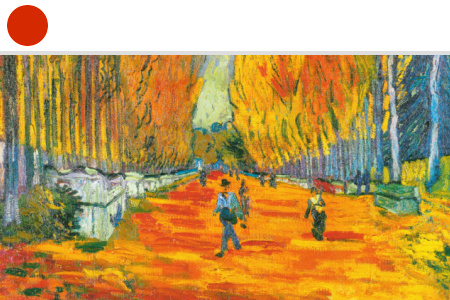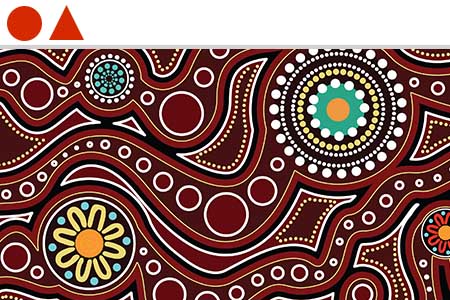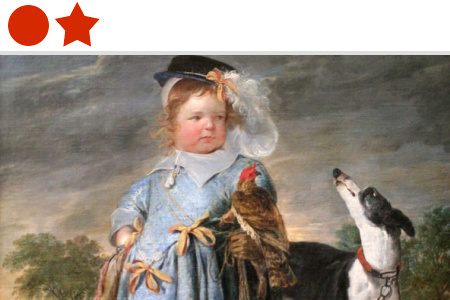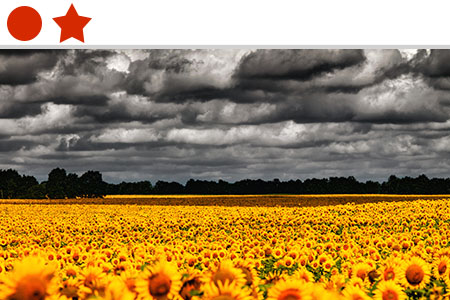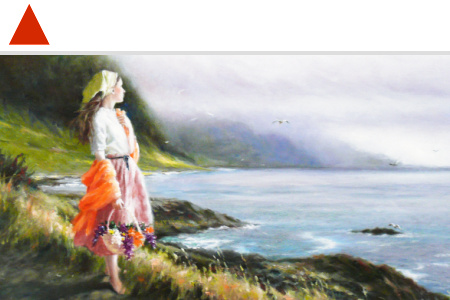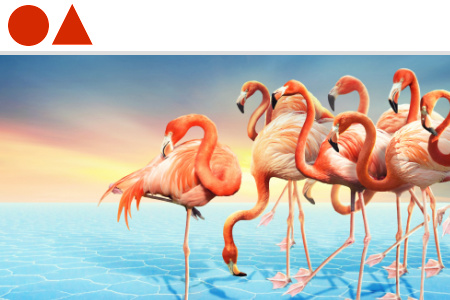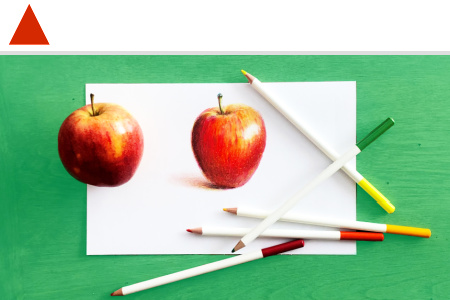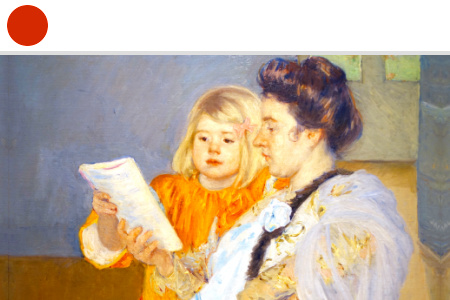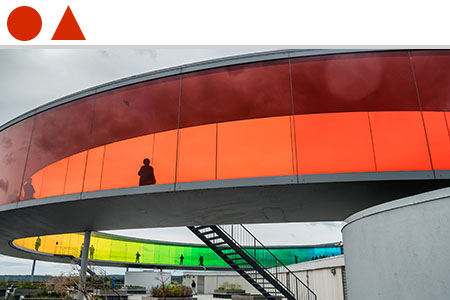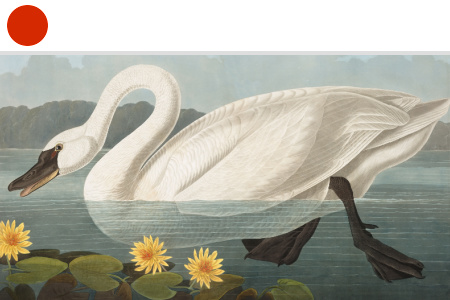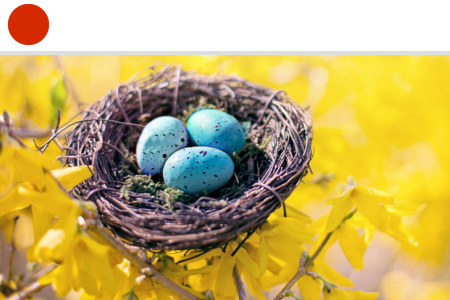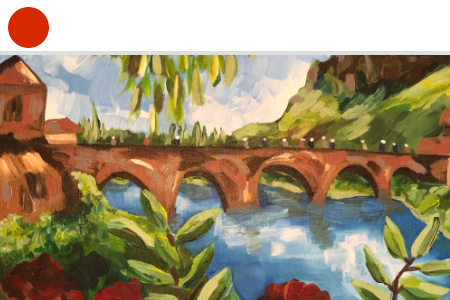Course Sample for Our Everyday Easels Homeschool Art Appreciation Curriculum
To view a full sample of a five-day unit study for this class, click here.
You can Hand with a Reflecting Sphere at http://en.wikipedia.org/wiki/File:Hand_with_Reflecting_Sphere.jpg.
You take a deep breath and open your eyes. The walls of this new place seem to stretch up forever, disappearing into a white canopy and the variegated colors cover the ground beneath you—brown, black, beige—stretching out in an endless sea beyond what you can see.
Where to go? Where to begin? Off to the east, you spot a tall cliff of some sort, a sheer rock face the color of mahogany. It’s time to set off and explore. How you will ever summit the cliff, you do not know, but every journey must begin somewhere. Taking one more deep breath, you begin.
Where are you in the story above? Who are you? Are you a mountain climber at the base of a mighty, unexplored mountain? Are you an explorer in a distant land, or are you an ant on the carpet of someone’s living room, the variegated ground as the carpet and the mahogany rock face a piece of furniture?
It all depends on your perspective. Perspective was something that artist M.C. Escher loved to experiment with and to make people really think about. With these lessons, we’ll learn a little about how he did that.
Mirror Moment
M. C. Escher’s Hand with a Reflecting Sphere shows us many details at once, as if he held up a mirror, and we are the ones looking at his study from his perspective. Look at the hand holding up Escher’s sphere again. Did you notice all of the amazing details the first time you saw the lithograph? Do any questions pop into your mind when you study the hand?
One of Escher’s goals for his art was to inspire others to think about how art changed the way they saw themselves and the world. He drew several self-portraits throughout his artistic career, but his sphere is the most well-known. Let’s take a few minutes and think this through.
1. Find the largest mirror in your house.
2. Choose your favorite objects and arrange them in front of the mirror.
3. Sit down in a chair in front of the mirror and have someone stand behind you and take a picture.
4. Look at your picture after you are finished. Do you notice how the perspective is different than if you had taken the picture? Do the things around you look different or the same?
To view a full sample of a ten-day unit study for this class, click here.
Day Two
Bible
Grandma Moses’ painting, Apple Butter Making, shows people gathered together in the annual festivities of making apple butter. Apple butter became a necessity in rural life because food was scarce during the winter, and it was discovered that other products made from apples, like applesauce, would not last through the winter. Apple butter, however, lasted longer and provided the vitamins and minerals needed to help keep folks healthy until food was again plentiful.
The process of making apple butter was an all-day event when the community would gather. Teams of people would be responsible for pressing the apples and stirring the pot while the apples boiled down. At the end of the day, when all the apple butter had been made, the community would celebrate with a party and dancing.
The first Thanksgiving was a celebration between the Pilgrims and the Indians, or Native Americans. Food was scarce for the Pilgrims who did not know how to farm. The Indians brought food, and they celebrated together for three days.
There are different celebrations noted in the Bible:
1. The Feast of Trumpets was a celebration of thanksgiving when the harvest was over. A trumpet would be sounded.
2. The Feast of Unleavened Bread was a remembrance of God’s provision of manna when the Israelites were wandering in the desert.
3. Purim was a celebration of deliverance of the Jews from being destroyed. This story is located in the book of Esther.
4. Passover was a celebration to remember when the Spirit of God passed over the Israelites and spared them even though all the firstborn in Egypt died. This story is found in Exodus.
What other celebrations can you find in the Bible? What do they stand for?
What do we celebrate today because of events that took place in the Bible that aren’t noted as festivals or celebrations in God’s Word?




